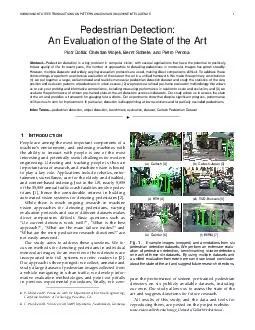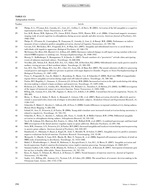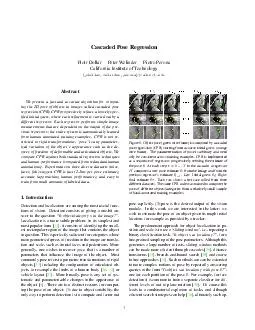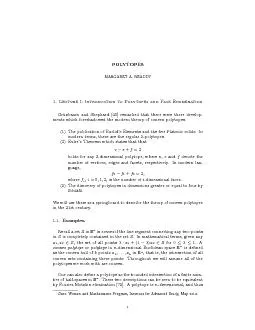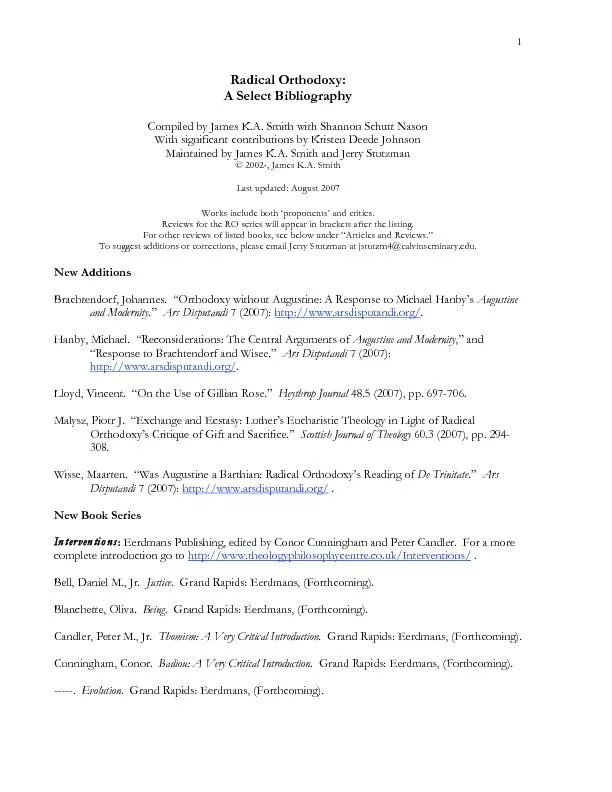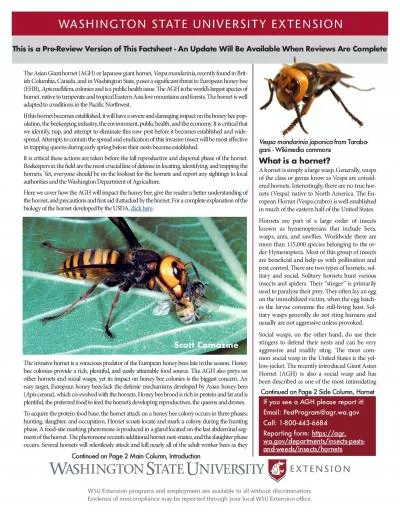PPT-Piotr Faliszewski AGH University
Author : narrativers | Published Date : 2020-11-06
Kraków Poland faliszewaghedupl Computational Social Choice Part II Bribery and Friends Recent Advances in Parametrized Complexity Tel Aviv 2017 Computational
Presentation Embed Code
Download Presentation
Download Presentation The PPT/PDF document "Piotr Faliszewski AGH University" is the property of its rightful owner. Permission is granted to download and print the materials on this website for personal, non-commercial use only, and to display it on your personal computer provided you do not modify the materials and that you retain all copyright notices contained in the materials. By downloading content from our website, you accept the terms of this agreement.
Piotr Faliszewski AGH University: Transcript
Download Rules Of Document
"Piotr Faliszewski AGH University"The content belongs to its owner. You may download and print it for personal use, without modification, and keep all copyright notices. By downloading, you agree to these terms.
Related Documents



